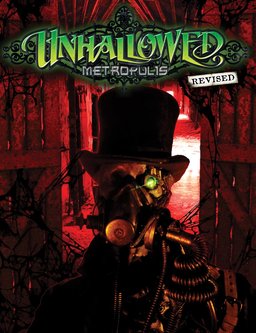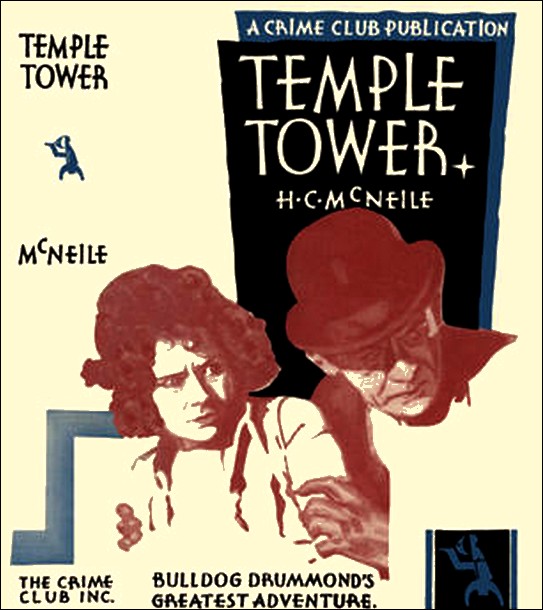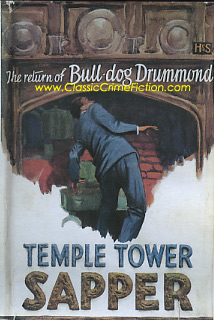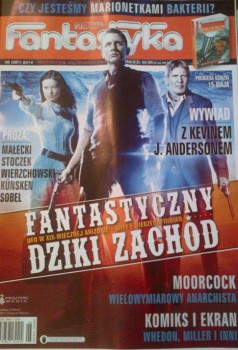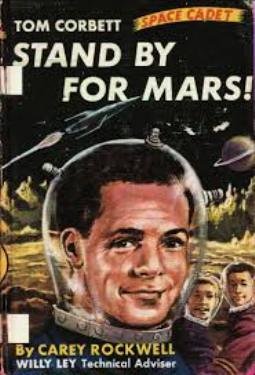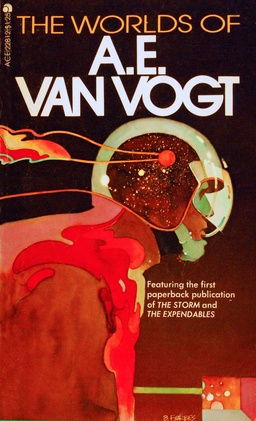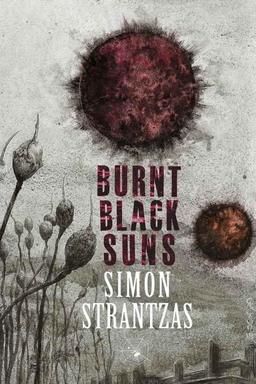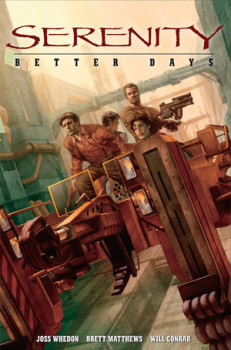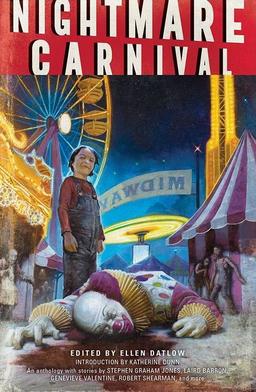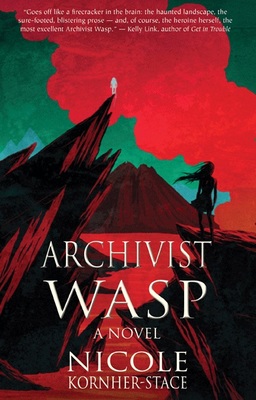Weird Fiction Review #4 Now on Sale
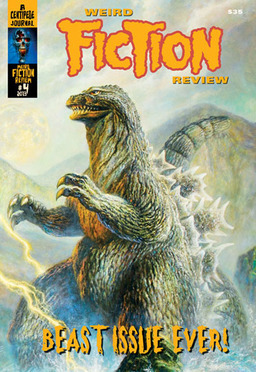 While I was wandering around the Dealer’s Room at the World Fantasy Convention, I spotted this little gem on Greg Ketter’s table. It’s the fourth issue of Weird Fiction Review, S.T. Joshi’s annual magazine devoted to the study of weird and supernatural fiction. And yeah, that’s our boy Godzilla on the cover.
While I was wandering around the Dealer’s Room at the World Fantasy Convention, I spotted this little gem on Greg Ketter’s table. It’s the fourth issue of Weird Fiction Review, S.T. Joshi’s annual magazine devoted to the study of weird and supernatural fiction. And yeah, that’s our boy Godzilla on the cover.
Joshi has a rep as a serious scholar of weird fiction and he’s edited numerous collections and anthologies, including the brand new The Madness of Cthulhu, The Dark Eidolon and Other Fantasies by Clark Ashton Smith, and the long-running magazine Lovecraft Studies. But the thing that’s surprised me about Weird Fiction Review is the delightful sense of whimsy it exhibits, especially with cover art. The cover of the previous issue, for example, featured Mad magazine poster child Alfred E. Neuman with Cthulhu tentacles. That’s some serious satiric genius right there.
The massive fourth issue contains fiction from J.C. Hemphill, Lynne Jamneck, Donald Tyson, Mark Fuller Dillon, Michael Kelly, Clint Smith, Michael Washburn, and a classic reprint by Nigel Dennis. The cover is by Bob Eggleton (click the image at left for the glorious wrap-around version.)
There’s also some terrific articles — John Butler contributes a lengthy (30-page) review of The New Monster Magazines and a retrospective of E.C. artist Jack Davis, Jason V. Brock looks at “Forrest J. Ackerman: Fan Zero,” there’s a lengthy interview with Patrick McGrath, there’s an 8-page full-color gallery of art by Bob Eggleton, plus regular columns by Danel Olson and John Pelan, and much more, including poetry, and reviews.
The only serious drawback, in fact, is the price: $35. Like almost everything Centipede publishes, it has a limited print run (500 copies.) However, it is available through Amazon at a 45% discount (for $19.17).
